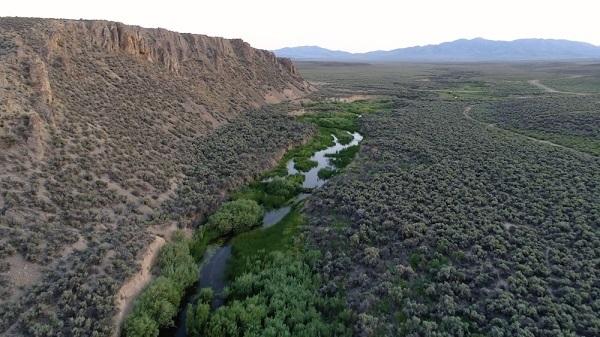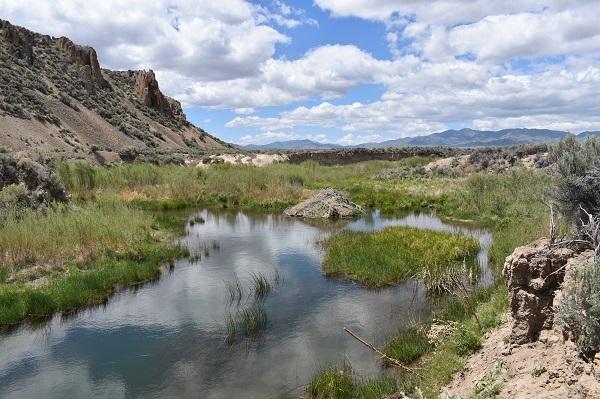Related Stories
- Protecting lands and communities: Shaila Pomaikai Catan
- BLM approves protocol for grazing flexibilities, range improvements, and restoration to improve LCT habitat
- May is Wildfire Awareness Month
- Schrodinger’s fence: How invisible fences corral cows
- Celebrating the power of public lands through tourism and community impact


